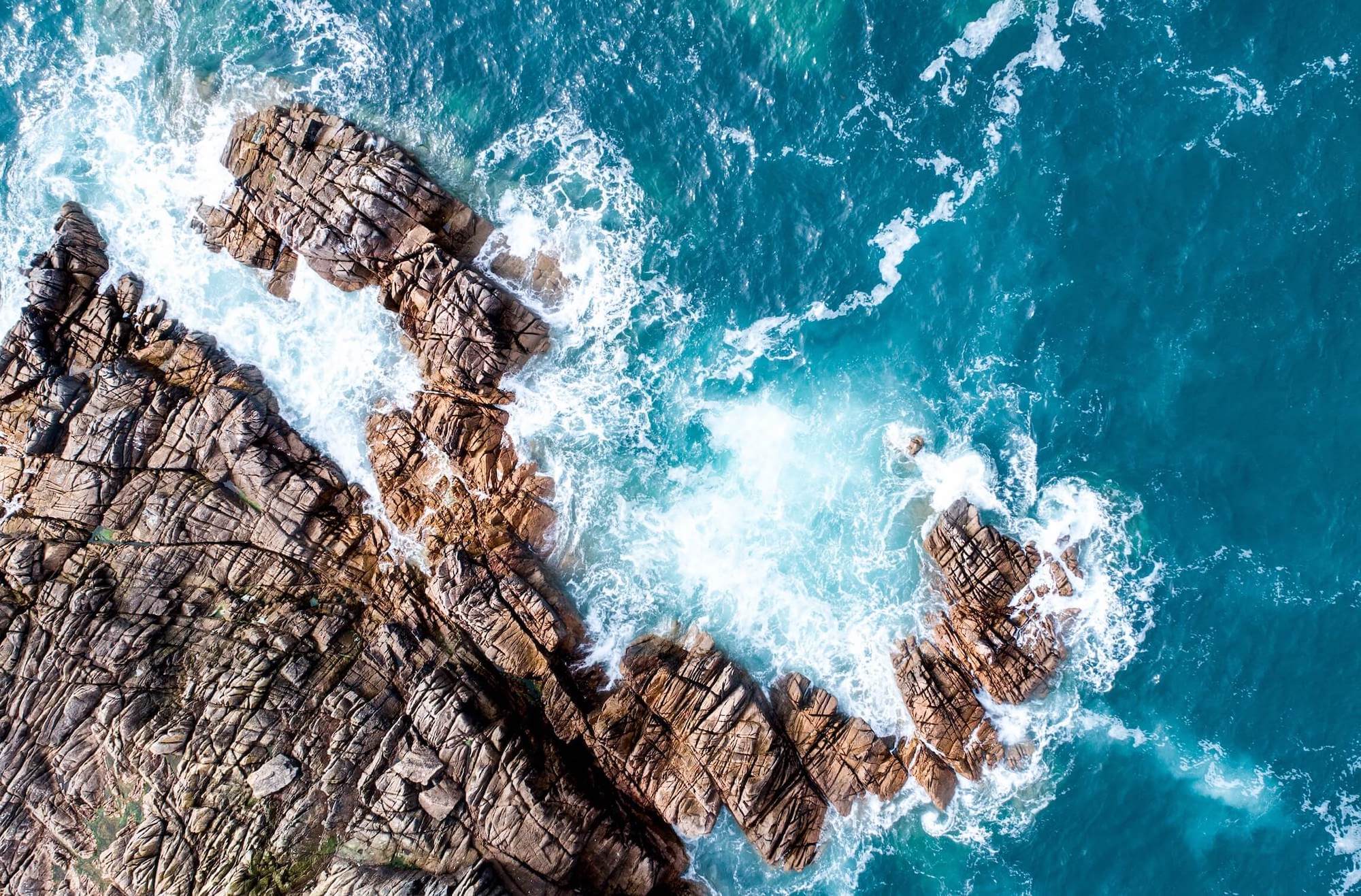NanoArchitech
Climate Tech to maximize resilience & protect our built world, the environment and human life, while significantly decreasing Carbon emissions for long-term sustainability.

Climate Tech to maximize resilience & protect our built world, the environment and human life, while significantly decreasing Carbon emissions for long-term sustainability.
